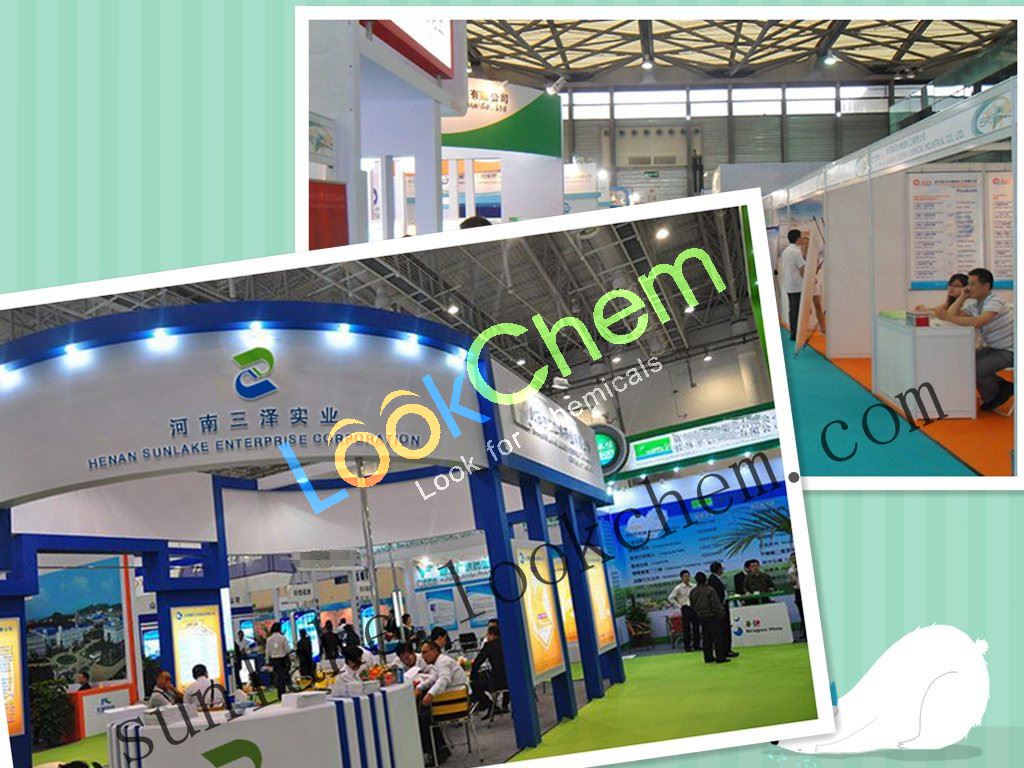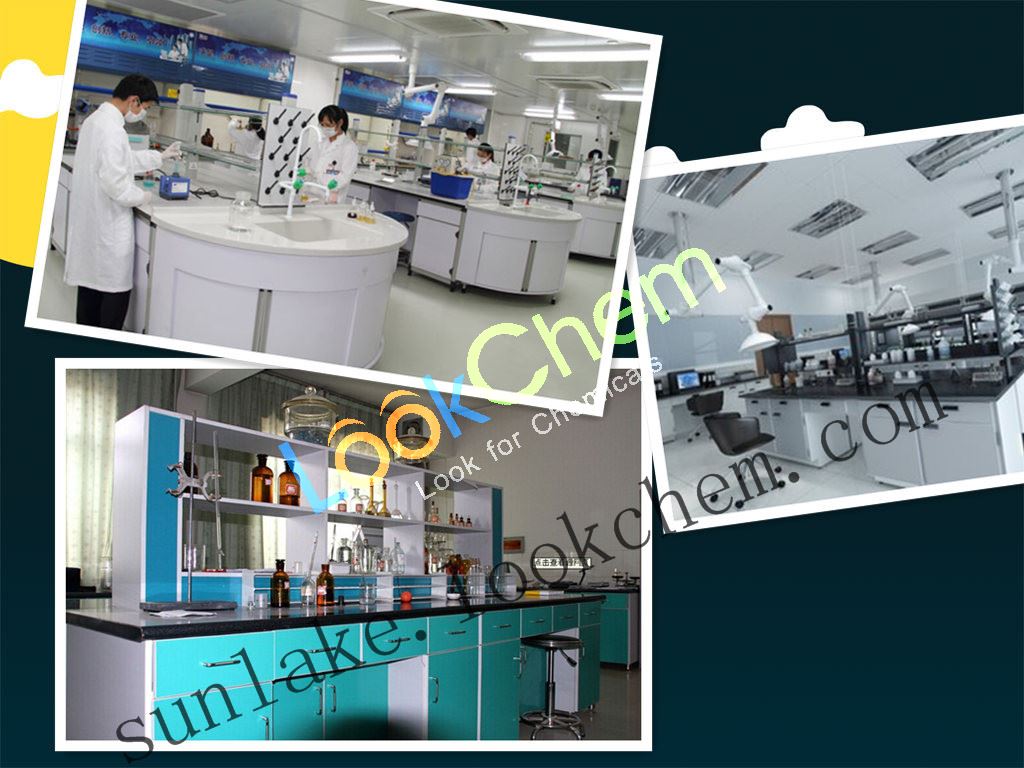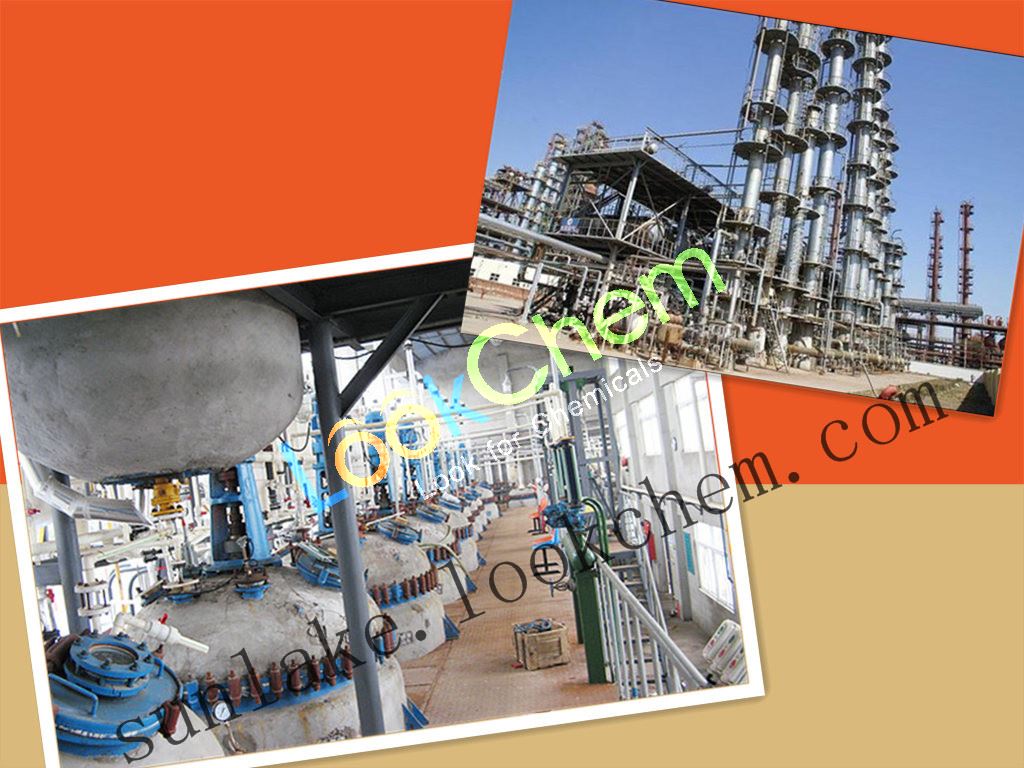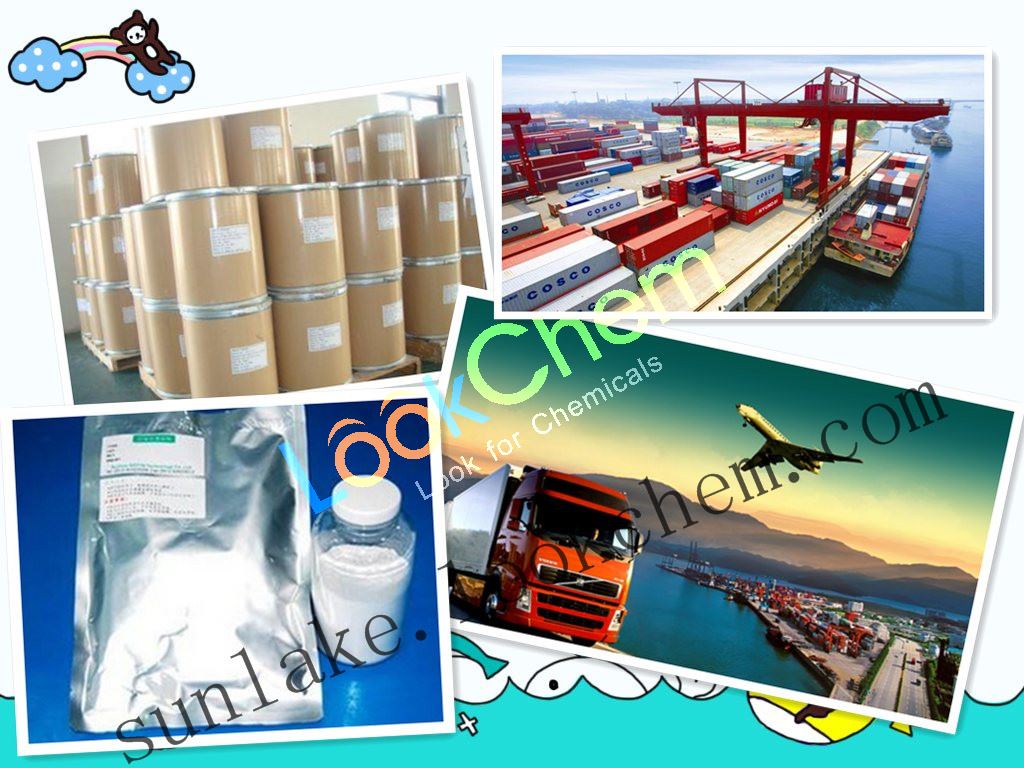- Min.Order :100 Gram
- Purity: 99%
- Payment Terms : L/C,D/A,D/P,T/T,Other
Keywords
AKOS BBS-00004612 HIGH purity by own lab Pyren coaltarpitchvolatiles
Quick Details
- Appearance:pale yellow to yellow-greenish crystals or chunks
- Application:129-00-0
- PackAge:1g;5g;10g;25g;50g;100g;500g;1KG;5KG,25kg,50kg or as customers request
- ProductionCapacity:100|Kilogram|Month
- Storage:2-8, cold storage, to avoid light storage.
- Transportation:BY SEA /BY AIR /BY COURIER
Superiority:
- Exhibition in shanghai

Our Laboratoy

Our factory

Package & Shipment

Details:
| Pyrene Basic information |
| Coal-tar chemical industrial products Probing agent for determination of the fluidity of membrane lipidChemical Properties Application Production method |
| Product Name: | Pyrene |
| Synonyms: | AKOS BBS-00004612;BENZO[DEF]PHENANTHRENE;LABOTEST-BB LT01409709;PYRENE;beta-Pyrene;Coal tar pitch volatiles:pyrene;coaltarpitchvolatiles:pyrene;Pyren |
| CAS: | 129-00-0 |
| MF: | C16H10 |
| MW: | 202.25 |
| EINECS: | 204-927-3 |
| Product Categories: | Aromatic Compounds;Organics;Pyrenes;PAH |
| Mol File: | 129-00-0.mol |
|
|
|
| Pyrene Chemical Properties |
| mp | 148 °C |
| bp | 393 °C |
| density | 1.271 |
| Fp | 210 °C |
| storage temp. | APPROX 4°C |
| form | crystalline |
| Water Solubility | almost insoluble |
| Merck | 14,7963 |
| BRN | 1307225 |
| CAS DataBase Reference | 129-00-0(CAS DataBase Reference) |
| NIST Chemistry Reference | Pyrene(129-00-0) |
| EPA Substance Registry System | Pyrene(129-00-0) |
| Safety Information |
| Hazard Codes | N,T+,T,F,Xn |
| Risk Statements | 50/53-36/37/38-26-39/23/24/25-23/24/25-11-63-43-45-67-65-38-51/53-52/53-40 |
| Safety Statements | 60-61-45-36/37-28A-22-16-7-24/25-23-53-62-26 |
| RIDADR | UN 3077 9/PG 3 |
| WGK Germany | 2 |
| RTECS | UR2450000 |
| HazardClass | 6.1(b) |
| PackingGroup | III |
| Hazardous Substances Data | 129-00-0(Hazardous Substances Data) |
| MSDS Information |
| Provider | Language |
|---|---|
| ACROS | English |
| SigmaAldrich | English |
| ALFA | English |
| Pyrene Usage And Synthesis |
| Coal-tar chemical industrial products |
Pyrene is one of the processing products of coal tar with the content in the coal tar being about 0.6 to 1.2% and is mainly concentrated in the anthracene oil fraction. Pyrene is a kind of solid aromatic compound with its molecule comprising of four benzene rings connected with each other. Pyrene has its molecular formula of C16H10, molecular weight of 202.26, melting point of 150 °C, boiling point of 393 °C and the density of 1.277g / cm3. Pyrene appears as pale yellow crystalline monoclinic tablets, insoluble in water and easily soluble in benzene, toluene, carbon disulfide, ether and other organic solvents. Pyrene is carcinogenic and can be converted to mutagenic 1-nitro-pyrene under the effect of nitrogen dioxide. The position 1 and position 6 of pyrene can easily react with electrophilic reagent as well as have oxidation and hydrogenation reaction. Pyrene can also have halogenation, nitration and sulfonation; mono-substitution occurs at the 3-position, di-substitution includes 3, 10 and 3, 8-position with 3, 10 being more frequent. Its oxidation can generate 3, 10-quinones and 3, 8-quinones which can further oxidized to generate 1, 4, 5, 8-naphthalene tetracarboxylic acid. Pyrene can be used in the production of dyes such as indanthrone dyes and anthraquinone vat dyes. The extraction method of is: take the residuum or bitumen distillate oil produced from the distillation of the anthracene fractions as the raw material, perform distillation under reduced pressure, take the 390 ~ 400 ℃ fraction which contains about 40% of pyrene fraction, then use 25% of the coal tar solvent oil and 75% ethanol mixed solvent (the volume of the solvent: pyrene fraction: 1:12), and recrystallized for several times until qualified products are obtained. Pyrene belongs to low toxicity compounds and has mild irritation effect on the skin, eyes and upper respiratory tract. Long-term inhalation can cause aglobulism and mild liver and kidney damage. Long-term exposure upon 3mg / m3 ~ 5mg / m3 can cause headaches, fatigue, loss of appetite, and being prone to excitable. The above information is edited by the chemicalbook of Dai Xiongfeng. |
| Probing agent for determination of the fluidity of membrane lipid |
Pyrene is a commonly used probe for determination of the fluidity of the membrane lipid with high quantum yield but shorter excited lifetime than DPH (1, 6- diphenyl a 1, 3, 5-triene), so it is not sensitive enough for determination of the slight change in the lipid fluidity and is suitable for system of greater mobility. The excitation wavelength of pyrene is 342nm and the emission wavelength is 383nm with the excitation and emission spectra overlapping significantly with each other. Pyrene mainly bound to the hydrocarbon chain of the membrane lipid. Once a monomer formed via the binding between a pyrene molecule to lipid molecule had been excited by light, it move and be close to another pyrene molecule which has not been excited yet via lateral diffusion motion, forming collision compounds namely excitation dimer. The efficiency for the formation of the excitation dimer depends on the concentration of pyrene binding to the membrane lipid as well as the viscosity of the medium surrounding the pyrene. When the concentration and temperature of pyrene becomes stable, the ratio of the fluorescence intensity between monomer and dimer will decrease with the increasing viscosity of the medium surrounding the pyrene, namely pyrene, based on the ratio of the fluorescence of dimer to monomer, can reflect the lateral diffusion rate of the lipid molecule. High medium viscosity will cause small lateral diffusion rate and small liquidity. Reference: Editor: Huishan Liu, Binxue Liu & Zedai Fang; Reviwer: Shuyun Xu & Chuanggeng Ma; English-Chinese dictionary of pharmacology. |
| Chemical Properties | It appears as light yellow monoclinic crystal. It is insoluble in water, easily soluble in ether, carbon disulfide, benzene and toluene. |
| Application | It can be used as raw material of organic synthesis. For example, it can be used for production of 1, 4, 5, 8- naphthalene tetracarboxylic acid via oxidation. It can be applied to dyes, synthetic resins and plastics; it can also be used for the manufacturing of vat dye Brilliant Orange GR and various kinds of other dyes. Moreover, it can also be used for the manufacturing of pesticides and plasticizers. |
| Production method | Pyrene is mainly presented in the distillates of coal tar pitch. Send the asphalt for vacuum distillation under medium temperature; at the same time, directly send a small amount of the overheated steam to the distillation vessel; take the narrow fraction of pyrene and then use the mixed solution of solvent oil and ethanol or a mixed solution of benzene and solvent oil for recrystallization to obtain industrial pyrene with purity of 95%. |
| Chemical Properties | pale yellow to yellow-greenish crystals or chunks |
| Usage | Pyrene occurs in coal tar. Also obtained by the destructive hydrogenation of hard coal. Found in wastewater in aquatic environments, and possesses genotoxic characteristics relating to estrogenic/andr ogenic, antiestrogenic and antiandrogenic activity. |
| General Description | Colorless solid, solid and solutions have a slight blue fluorescence. Used in biochemical research. |
| Air & Water Reactions | Insoluble in water. |
| Reactivity Profile | Pyrene reacts with nitrogen oxides to form nitro derivatives. Pyrene also reacts with 70% nitric acid. |
| Health Hazard | Pyrene is a carcinogenic agent and is absorbed by the skin. It is a skin irritant, a suspected mutagen, and an equivocal tumor-causing agent. Workers exposed to 3 to 5 mg/m3 of Pyrene exhibited some teratogenic effects. Pyrene is a polycyclic aromatic hydrocarbon (PAH). The acute toxicity of pure PAHs appears low when administered orally or dermally to rats or mice. Human exposure to PAHs is almost exclusively via the gastrointestinal and respiratory tracts, and approximately 99 percent is ingested in the diet. Despite the high concentrations of Pyrene to which humans may be exposed through food, there is currently little information available to implicate diet-derived PAHs as the cause of serious health effects. |
| Fire Hazard | When heated to decomposition, Pyrene emits acrid smoke and fumes. |
Service we provide:
1. Mixed container, we can mix different items in one container.
2. Quality control, before shipment, free sample for test. after shipment, keep sample for 3 years
3. Prompt shipment with professional documents
4. Packing as your request, with photo before shipment
| C6H6O2 |
You Might Also Like
Related Searches
About|Contact|Cas|Product Name|Molecular|Country|Encyclopedia
Message|New Cas|MSDS|Service|Advertisement|CAS DataBase|Article Data|Manufacturers | Chemical Catalog
©2008 LookChem.com,License: ICP
NO.:Zhejiang16009103
complaints:service@lookchem.com Desktop View